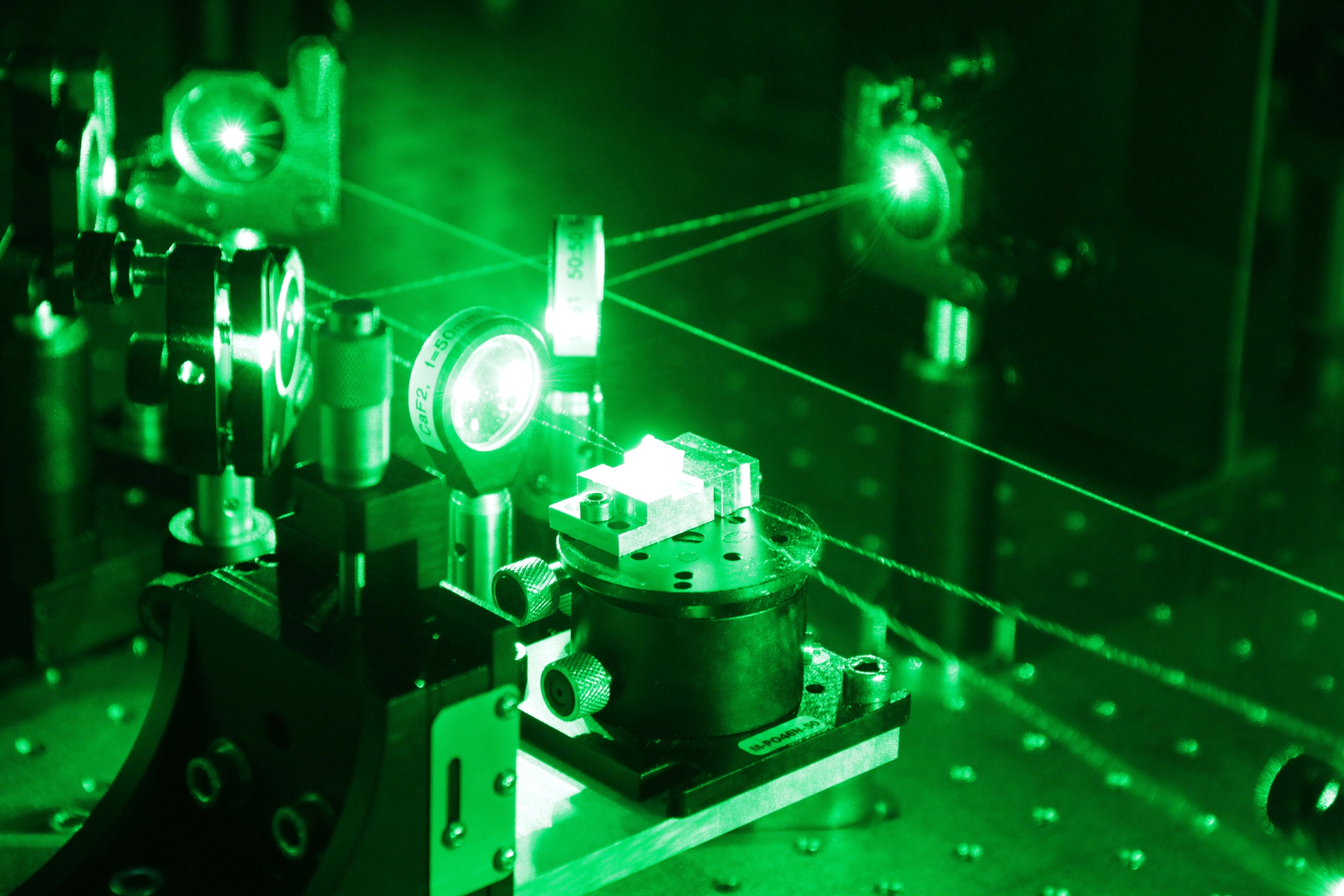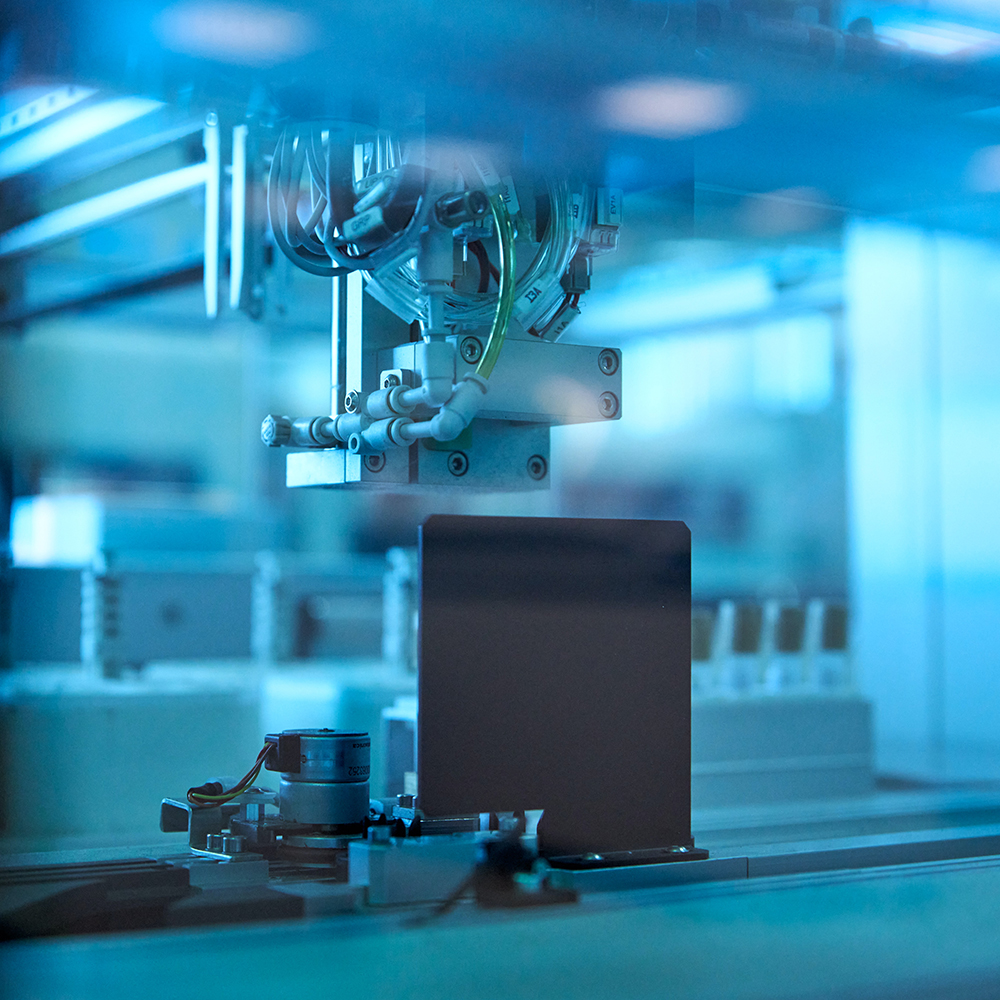About Us
As one of the five enabling technologies or KET (Key Enabling Technologies) recognized by the European Commission, the impact of photonics is highly transversal, adding value to environments as varied as health, communications, the environment or the aerospace sector, among many others.
This is why PHOTONCAT, acting as the Photonics Node of the Digital Innovation Hub of Catalunya (DIH4CAT) and as Local Photonics Hub of Photonhub Europe extends its sphere of influence to nearby technological sectors. Strengthening its links to interact with other technological environments, it can help to provide more comprehensive solutions to local and international businesses, covering needs throughout the value chain and strengthening industrial, technological and knowledge ecosystems in Catalonia.










